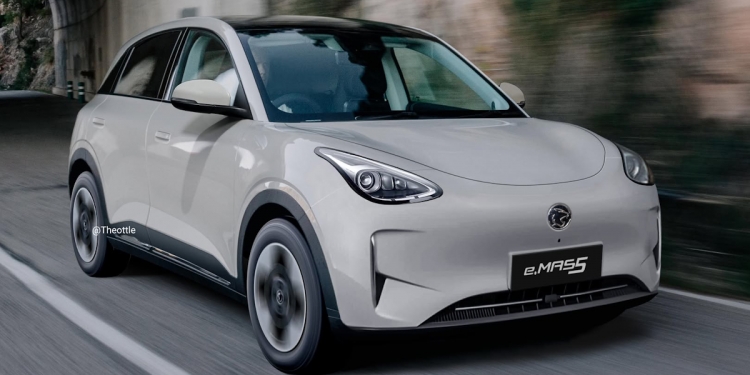After months of teasers, Proton e.MAS 7 finally made its official debut last month. Even though the EV has just been out of the oven, some are already eager to know when the national automaker will release more models under the Proton e.MAS banner.
This is especially after Proton has managed to obtain over 2,500 e.MAS 7 bookings in a very short time. While there are no official announcements for now, there have been signs that the next e.MAS model might be released sooner than you expected.
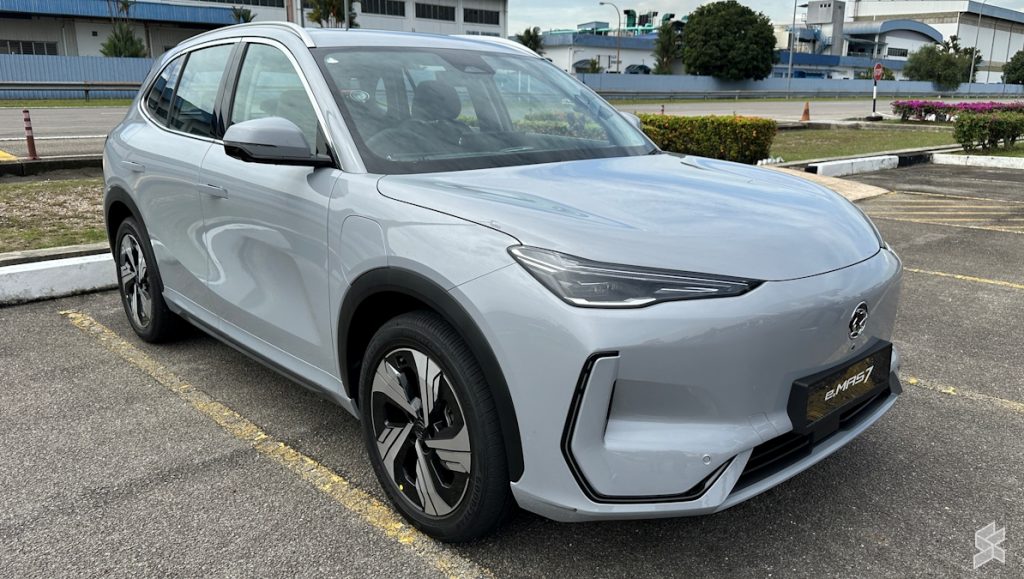
The CEO of Proton, Dr Li Chunrong has said during the launch of Proton e.MAS Petaling Jaya 3S centre that the second e.MAS model will be launched in 2025. This is in line with what Dr Li said back in February last year whereby Proton’s second EV model might be released within 6 to 8 months after the initial offering.
Based on the trademark filings made by Proton last year, it appears that there are three e.MAS models in the pipeline including the e.MAS 3 and e.MAS 5. Also joining the mix is the plug-in hybrid (PHEV) variant for the e.MAS 7.
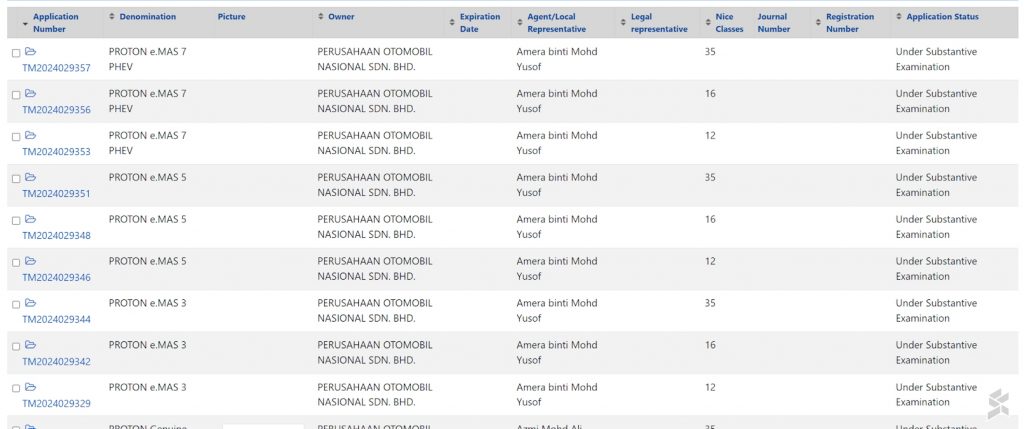
At the moment, the rumour mill has earmarked Geely Xingyuang and Galaxy Starship 7 as two models that might join the e.MAS family in Malaysia. These are not just random models though as there are several good reasons why we might see them as e.MAS models in the near future.
Geely Xingyuan to enter Malaysia as Proton e.MAS 5?
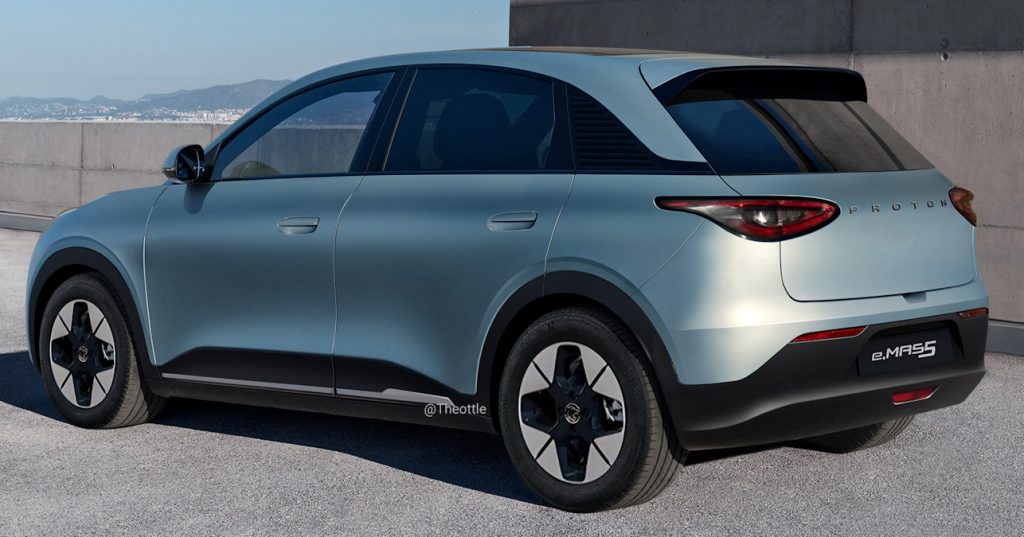
Since e.MAS 7 is an SUV, electric hatchback seemed like a good form factor to carry the Proton e.MAS 5 monicker. After all, the automaker’s sole hatchback offering at the moment, Proton Iriz has already been in the market for over 10 years and 2025 seemed like a perfect time for Proton to introduce an all-new hatchback.
The rumours are currently pointing to Geely Xingyuan as the main candidate for Proton e.MAS 5. This is after the EV made an appearance in a brief video published on Proton e.MAS Cars Facebook page which seems to show selected Proton e.MAS dealers have hands-on experience with the Xingyuan at Geely’s headquarters in Hangzhou, China.
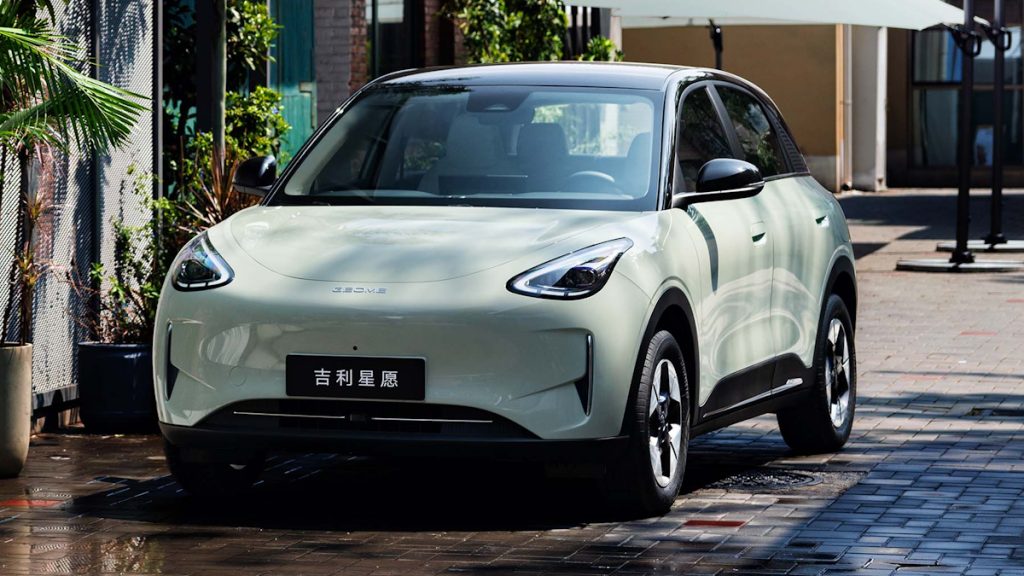
Featuring a rear-wheel drive setup, the Xingyuan can be obtained with up to 85kW of maximum power output depending on the variant. Geely said this EV can deliver up to 410km of range although this is based on the CLTC standard which is rather lenient.
So, you most probably can get slightly over 300km of range considering the stricter WLTP standards that are commonly used as the yardstick in Malaysia.
Will Galaxy Starship 7 be turned into Proton e.MAS 7 PHEV?
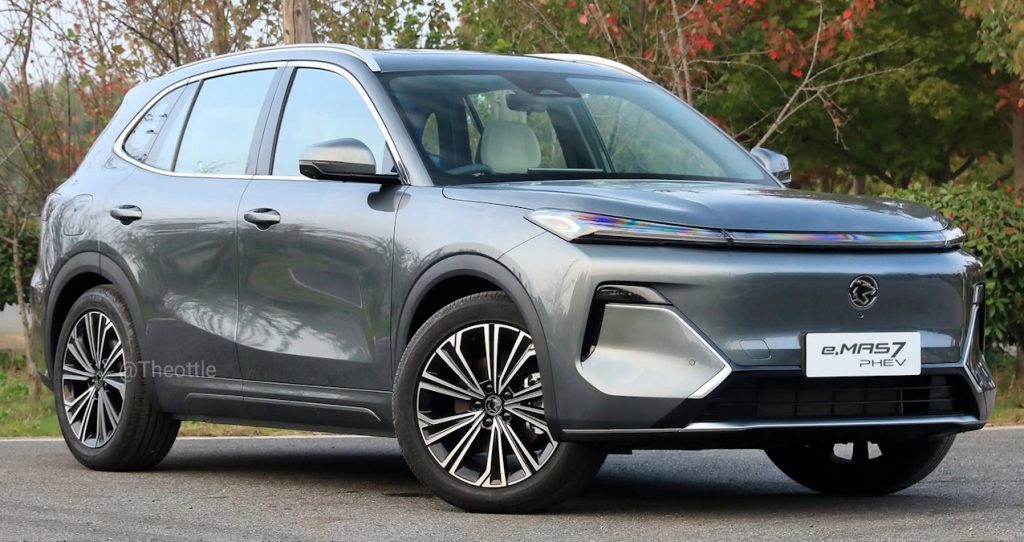
When Proton introduced e.MAS as the new home for its electrified products in June last year, the automaker said that it would also include PHEV. At the moment, the speculations are pointing at the Geely Galaxy Starship 7 as the model that will become the e.MAS 7 PHEV.
Just like the e.MAS 7, Galaxy E5, and Xingyuan, the Galaxy Starship 7 EM-i was built using GEA. The powertrain within this PHEV consisted of an 82kW (110hp) 1.5L 4-cylinder naturally aspirated engine with 136Nm of torque that has been paired with a 160kW (~215hp) electric motor that also produces 262Nm of torque.
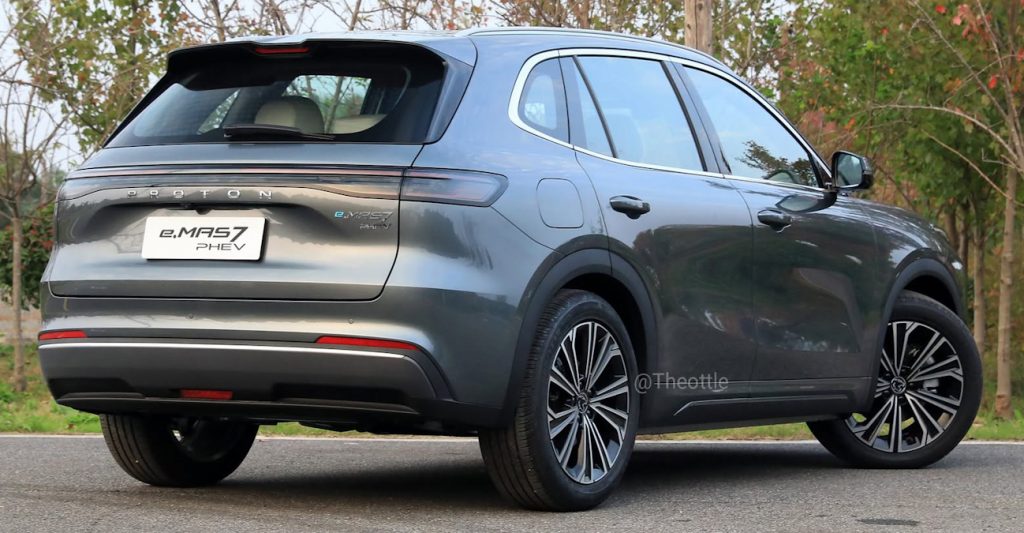
The Galaxy Starship 7 also features an LFP battery pack with capacities of up to 19.09kWh which enables it to deliver CLTC-rated range of up to 120km in full EV mode. This PHEV can support DC charging speed of up to 36kW and this allows the battery to be charged from 30% to 80% in 20 minutes.
Being a PHEV, the Galaxy Starship 7 can go much further though. Specifically, it can deliver a total range of up to 1,420km once you consider its 51L fuel tank and a combined fuel consumption rate of 3.75L/100km.
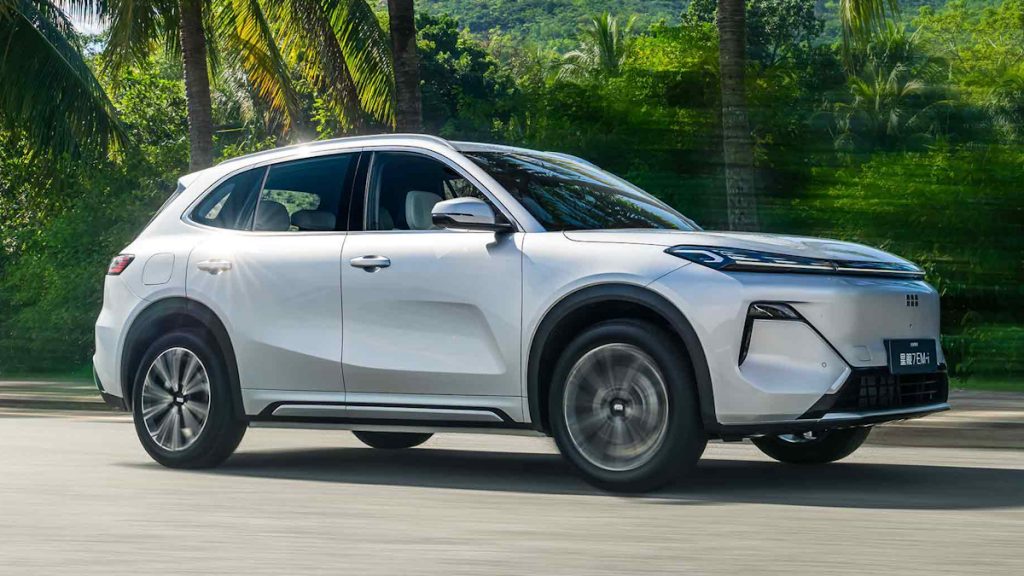
Even though battery-powered EVs are getting more popular in Malaysia, many consumers are still not confident to make the switch due to issues such as range anxiety and charging infrastructure. Instead of going fully electric, they might be more comfortable with PHEVs.
Unlike BEVs, the Malaysian government didn’t provide any incentives for PHEVs which may made it hard for Proton to release the e.MAS 7 PHEV with a wallet-friendly price tag. However, the lack of incentives didn’t stop Jaecoo from bringing in the J7 PHEV to Malaysia which will be launched later this year with a price tag of RM170k to RM180k.
Proton e.MAS 3: the direct competitor to Perodua EV?
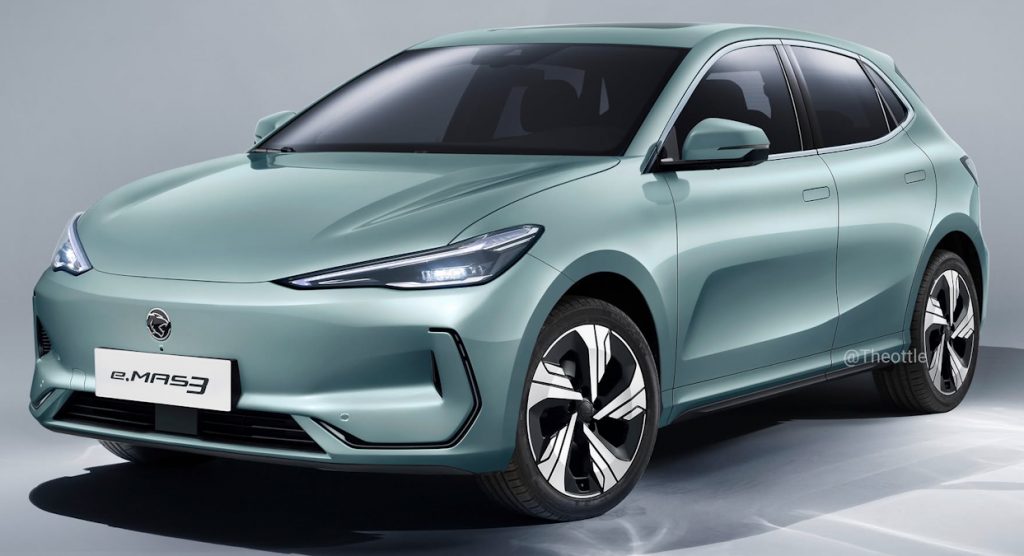
Now, how about the e.MAS 3? The direction for e.MAS 3 is still a total mystery for now although some in the industry believe that this particular model might be Proton’s answer to the upcoming Perodua EMO EV.
Also fondly known as the Perodua Ace after the automaker trademarked the name last year, it is set to become the most affordable EV in Malaysia with a price tag of under RM90k. While plenty of details regarding the EV are still under wrap, Perodua did say that its EV will be powered by a CATL LFP battery and capable of delivering 400km of range.
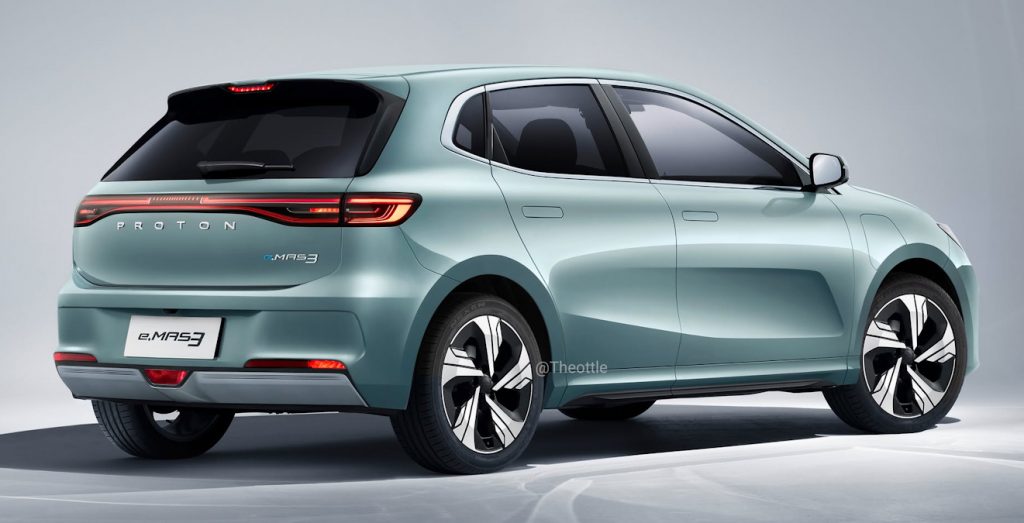
While Geely may have numerous lower-end EVs in its stable such as the Panda Mini, none of them have been earmarked to become e.MAS 3 as far as the rumour mill goes. Given the government’s existing RM100k floor price policy for imported CBU EVs, the Proton e.MAS 3 has to be assembled locally if the company want to match Perodua EV’s price point.

